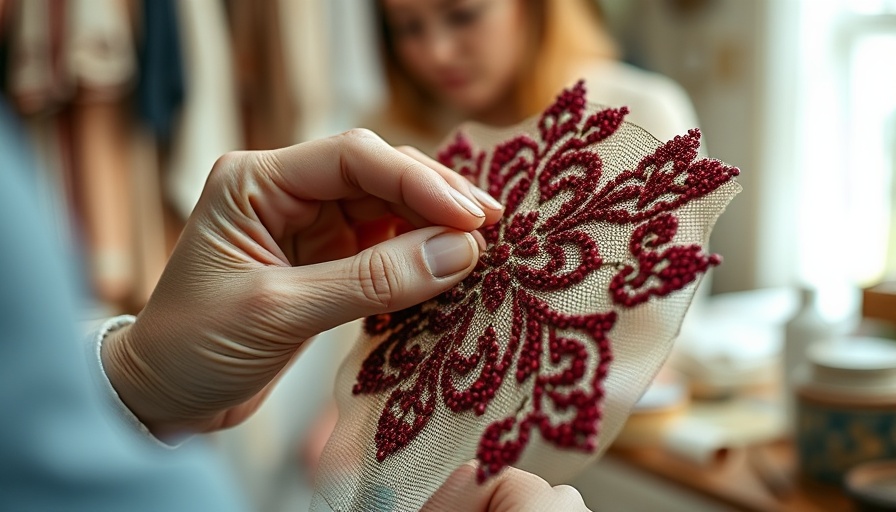
An Artistic Legacy: Demond Melancon and His Beaded Creations
New Orleans, renowned for its vibrant culture and rich traditions, is home to many intriguing artists, but few embody the spirit of the city quite like Demond Melancon. As the Big Chief of the Young Seminole Hunters Black Masking Tribe, Melancon marries artistry with heritage through his stunning beaded suits—a centerpiece of the centuries-old Carnival tradition of Black Masking. This vibrant art form is not only a celebration of culture but also an expression of identity, storytelling, and community.
The Tradition of Black Masking: A Cultural Journey
The practice of Black Masking has roots deep in the African American and Creole heritage of New Orleans, emerging over a century ago as a means for marginalized communities to reclaim their narratives during Carnival. Melancon's elaborate creations serve as a canvas for this history. Each bead signifies a story, with intricate patterns that reflect the communal spirit of celebration and resistance. As families come together to celebrate Mardi Gras, Melancon’s artistry transcends mere decoration—it becomes a testament to resilience.
Melancon's Unique Craftsmanship
With a meticulous attention to detail, Melancon spends countless hours crafting the suits that represent both his tribe and his vision. The process involves sewing together thousands of beads to create images and narratives that celebrate culture, history, and identity. His pieces resonate not only in New Orleans but also catch the attention of art lovers beyond the city, allowing him to share the beauty of Black Masking with a broader audience.
The Impact of the Artist on Local Culture
In an age where cultural practices can become diluted, Melancon’s work serves as a call to action for locals and visitors alike. By engaging with art that stems from rich tradition, audiences can explore the depths of New Orleans' heritage. As Melancon rises within the local arts scene, he inspires others to appreciate the stories embedded within their community. His involvement in local events showcases a vital side of the city's ongoing narrative, linking the past with what’s trending in contemporary art.
Connecting Art with Community Activities in San Antonio
For those in San Antonio, immersing oneself in local culture is just as vital as in New Orleans. Whether it’s through the city’s lively art scenes, cultural festivals, or engaging community workshops, there’s no shortage of expressions waiting to be explored. As San Antonio's local entertainment scene grows, drawing parallels with Melancon's approach highlights the significance of upholding traditions while embracing modern creativity. Events across the city, from art walks to seasonal festivals, present opportunities for residents to connect deeply with their heritage.
Get Involved: Joining the Local Arts Scene
Residents and visitors in San Antonio can look to the local arts scene for inspiration and engagement, much like Melancon’s work fosters in New Orleans. With options ranging from gallery exhibitions to live music nights and cultural celebrations, immersing oneself in the local culture provides a unique insight into the city’s identity. Finding fun activities, such as participating in open mic nights or attending weekend art shows, can bridge connections across diverse communities, inviting anyone into the world of local talent.
The Future of Art as a Community Bond
As more artists like Demond Melancon rise to prominence, the potential for cultural exchange intensifies. The act of creating, sharing, and celebrating art is one that can unify diverse groups through shared experiences. By prioritizing local engagement, cities can ensure that their unique stories endure, creating lasting legacies that reflect both historical significance and contemporary expression.
In this spirit, exploring the art and cultural engagement opportunities in San Antonio could be a thrilling endeavor. From local performances to art installations, each event enriches the community fabric, much like the beaded suits of the Black Masking tradition.
 Add Element
Add Element  Add Row
Add Row 



Write A Comment